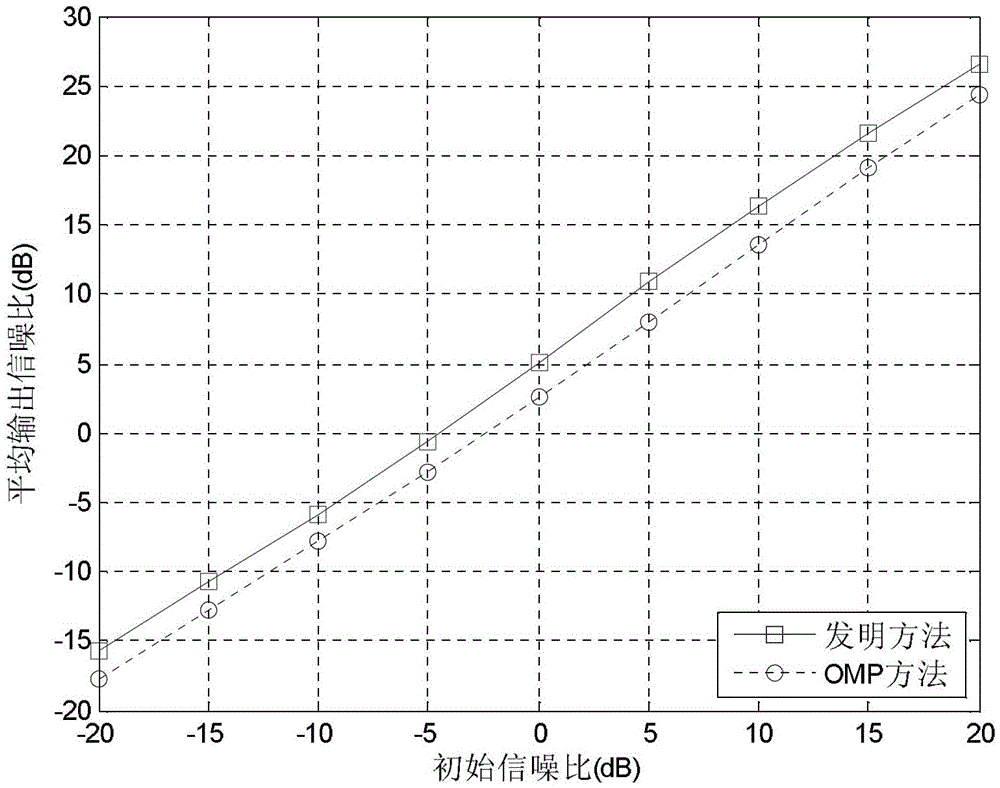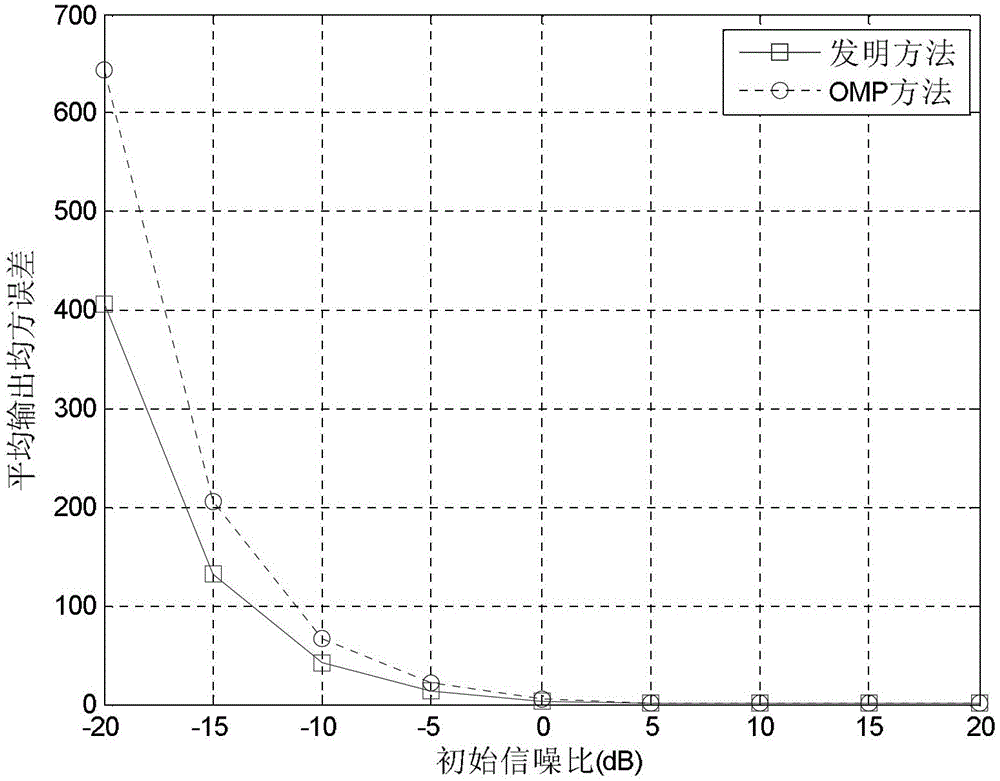A Multi-channel Signal Denoising Method Based on Signal Correlation
A multi-channel, correlation technology, applied in special data processing applications, instruments, electrical digital data processing, etc., can solve the problems of low signal-to-noise ratio in denoising, without considering the characteristics of the signal itself, and unable to extract the original signal efficiently and accurately. , to achieve the effect of low computational complexity and reduce the complexity of the method
- Summary
- Abstract
- Description
- Claims
- Application Information
AI Technical Summary
Problems solved by technology
Method used
Image
Examples
specific Embodiment approach 1
[0021] Specific implementation mode 1. Combination figure 1 This specific embodiment will be described. A kind of multi-channel signal denoising method based on signal correlation, it comprises the steps:
[0022] Step 1: Set the initial state value of each parameter in the multi-channel signal denoising process based on signal correlation;
[0023] The setting content is: the set of multi-channel signals with correlation and Gaussian white noise is y=[y 1 ,y 2 ,...,y j ,...,y J ], the number of channels is J, and the signal of the jth channel is y j , the redundant dictionary is D, the sparsity is K, and the maximum number of iterations is iterNum,
[0024] The initialization content is: multi-channel signal set residual r j,l The initial value of r j,0 =y j , j ∈ {1, 2, ..., J}, matching subdictionary T l initial value of match subdictionary T l Atomic number t l initial value of The initial value of the iteration number l is 1, and the estimated vector of th...
PUM
 Login to View More
Login to View More Abstract
Description
Claims
Application Information
 Login to View More
Login to View More - R&D
- Intellectual Property
- Life Sciences
- Materials
- Tech Scout
- Unparalleled Data Quality
- Higher Quality Content
- 60% Fewer Hallucinations
Browse by: Latest US Patents, China's latest patents, Technical Efficacy Thesaurus, Application Domain, Technology Topic, Popular Technical Reports.
© 2025 PatSnap. All rights reserved.Legal|Privacy policy|Modern Slavery Act Transparency Statement|Sitemap|About US| Contact US: help@patsnap.com



